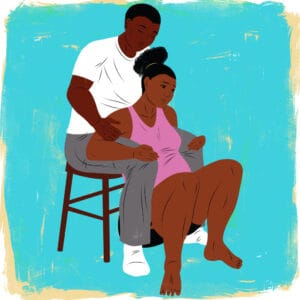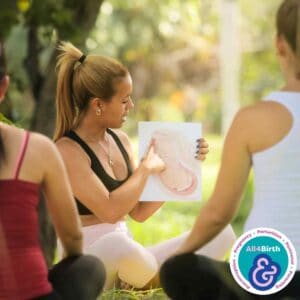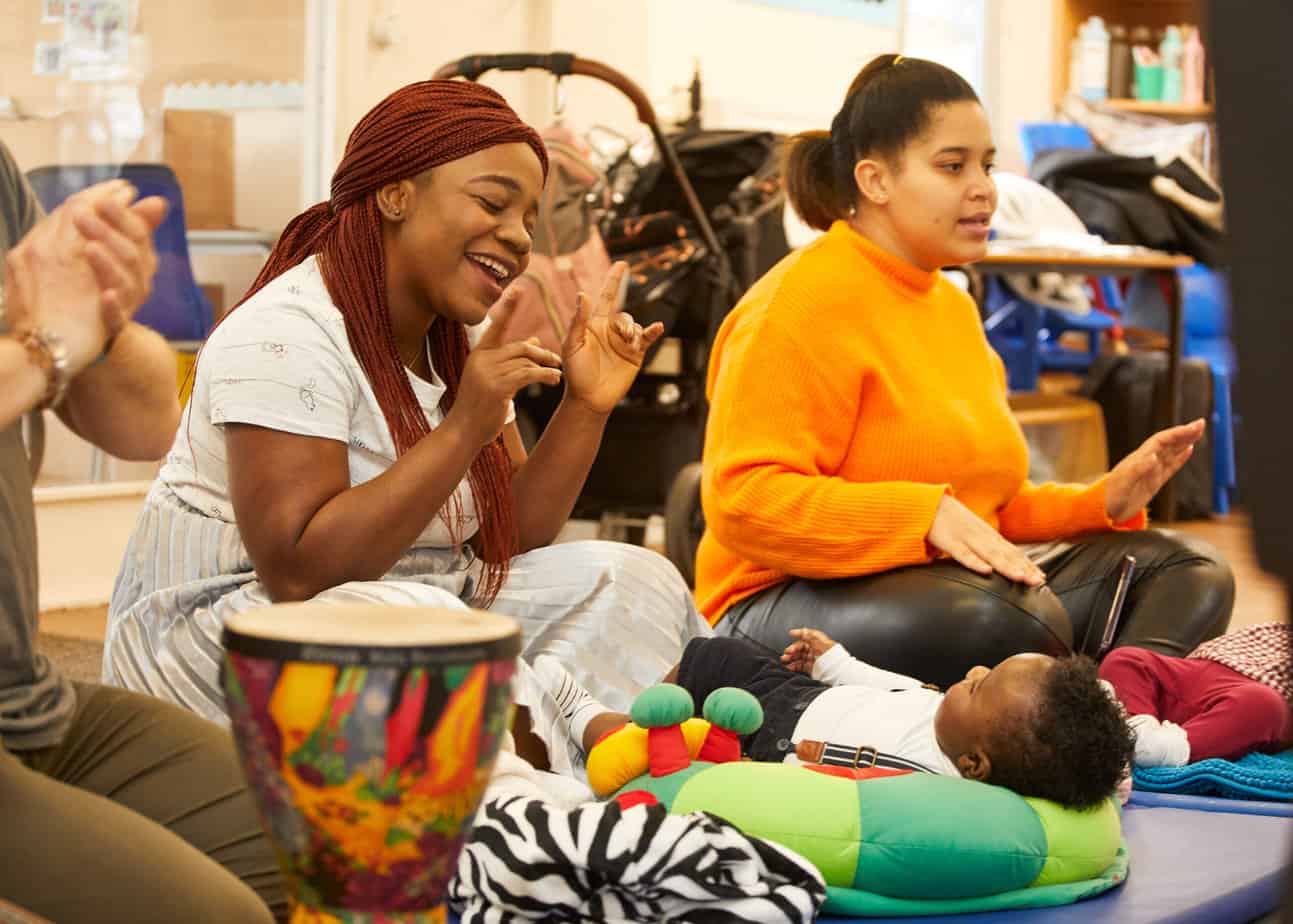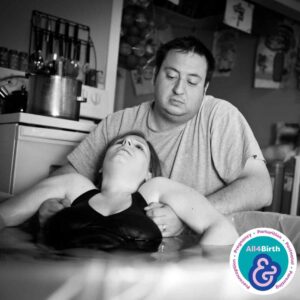Jen Tapson
Jen Tapson
DipHB (KGH) ~ PGCE (Primary Ed) ~ BA (Hons)
https://jentallbirth.wixsite.com/hypnobirthing
Instagram @allbirth_hypnobirthing
Summary
Once your baby is born you will undoubtedly feel ‘different’. This can be a surprising difference like you didn’t realise how little sleep you could survive on or how your self-grooming standards could drop OR they can be incredible differences like I can’t believe I did that (gave birth) after making them (that gorgeous baby) or I didn’t know I could love someone so much!
Some very real changes occur after pregnancy and childbirth that deserve some recognition…
Your head… well your brain to start with! “Baby brain” or “Mum brain” isn’t particularly complimentary but that foggy forgetfulness is the sign of something amazing happening. Abigail Tucker, a science writer describes the change in a mother’s “brain architecture” as a decline in a mother’s ability to recall verbal information. Hardly surprising when they are learning so many other caregiving techniques. Even multiparous mothers (who have had more than one child before) will be adapting to life with their new baby. It is true: no two are the same! Also, factor in the scientific theory that the average person can only take on 7 new pieces of information a day… so checking 7 nappies timing 7 feeds or opening 7 gifts and trying to remember to thank people for them and your quota for the day is full.
Now for your crown atop that ever-changing brain… your hair! Many pregnant women report thicker, fuller hair (hooray) while others experience their hair falling out. Either end of the spectrum is due to an increase in oestrogen. Increased oestrogen in pregnancy helps develop the baby’s organs and ensures the placenta has grown and is functioning effectively. You may also find you are a little bit moodier than usual. Totally allowed, right? The baby blues are sometimes cited as the cause of low moods after childbirth and whilst the incredible hormones that grew and birthed your baby will indeed drop afterwards any concerning feelings should be discussed with your midwife or health visitor.
Too much pressure is put on new mums to “bounce back” *groan* which seems alarming when “dad bods” are accepted but mums aren’t given the same acceptance. During pregnancy a whole new organ is developed – the placenta – which feeds and nurtures the baby. As pregnancy goes on, the other existing organs rearrange themselves to make more room for the growing baby. Surely it is acceptable that a body that has rearranged itself does not appear exactly as it was before?! Respect to the celebrities and influencers who post photos on their social media of what bodies look like after giving birth.
Wellness and strength are especially important after having a child so being kind to yourself while those hormones adjust and devoting time to strengthen your pelvic floor and core can ensure a smoother recovery – I say that as someone who gave birth almost seven years ago and again nearly three years ago and only recently found out I had a significant abdominal separation. The stomach muscles that had parted to make way for my babies’ growth never healed back together properly. The only reason I found out at all was due to a wonderful osteopath whom I was seeing about some hip and shoulder pain. Don’t be shy – when asked what people can get for you/the baby ask for Osteo vouchers or even some babysitting time so you can have a postpartum MOT.
Finally, we have covered from the top of the head and now… the tips of your toes. Some people report their feet getting bigger during pregnancy and whilst swollen feet are common it is the relaxin that loosens ligaments to allow expansion and flexible muscles for childbirth that can mean the arches of the feet collapse and mean your favourite shoes no longer fit comfortably. A great excuse to treat yourself to a new, well-fitting pair.
Finally, you may have heard that the probability of being alive is roughly 1 in 400 trillion so your baby being born is as close to a miracle as we are likely to see. Keep that thought with you as you navigate life with a newborn and try to embrace the physical changes that pregnancy and birth bring.
Links to other resources
 Podcasts
Podcasts
The Motherly Podcast: Author Abigail Tucker on the amazing ways our brains change after giving birth
 Social Media
Social Media
 Websites
Websites
References
Please use the latest/most notable references for this topic. Use AMA numerical referencing. Guide at end.
- Yao A. Distribution of blood between infant and placenta after birth. The Lancet. 1969;294(7626):871-873. doi:10.1016/s0140-6736(69)92328-9
- WHO. Optimal timing of cord clamping for the prevention of iron deficiency anaemia in infants. World Health Organization. https://www.who.int/elena/titles/cord_clamping/en/. Published 2014. Accessed April 5, 2020.
- McDonald S, Middleton P, Dowswell T, Morris P. Effect of the timing of umbilical cord clamping of term infants on maternal and neonatal outcomes. Cochrane Database of Systematic Reviews. 2013. doi:10.1002/14651858.cd004074.pub3












